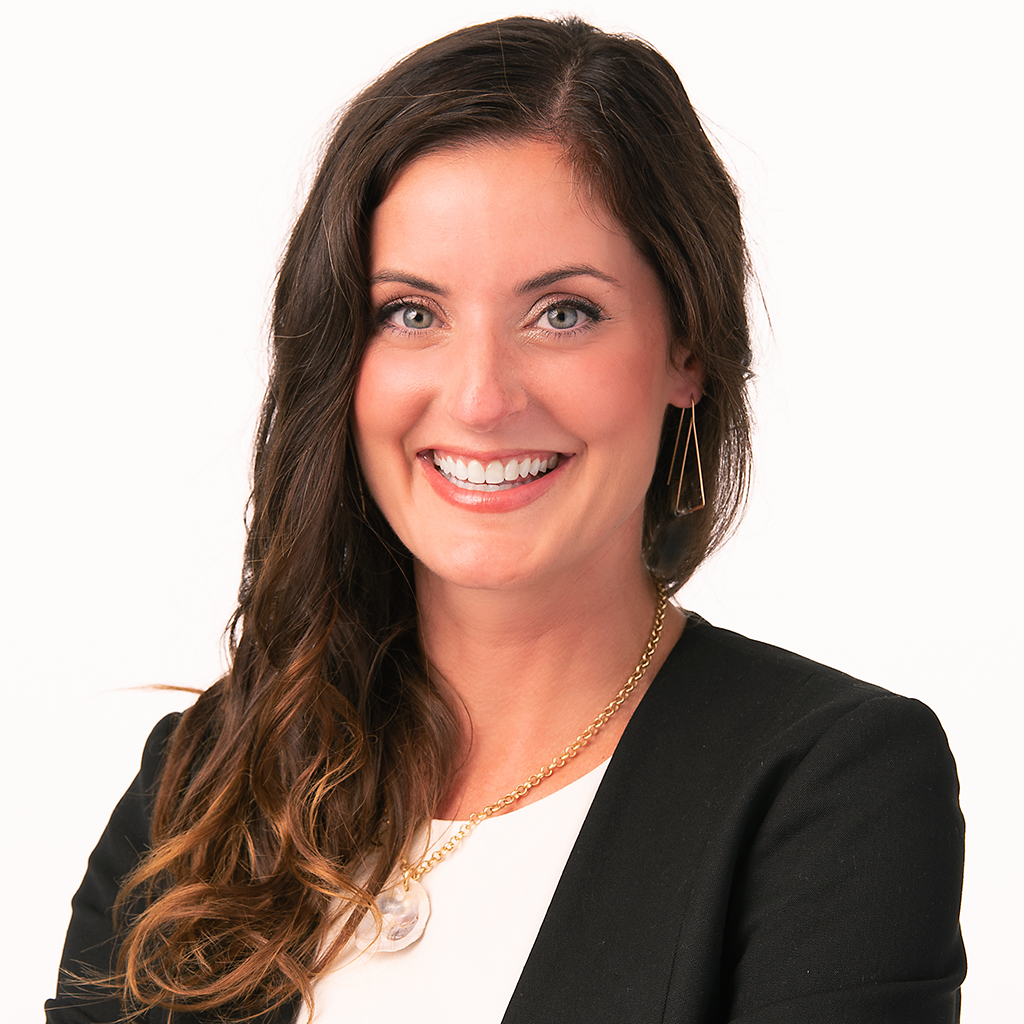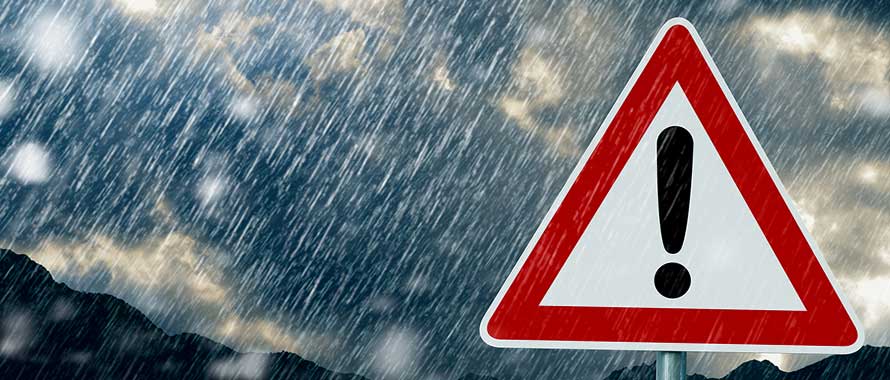According to the National Oceanic and Atmospheric Administration (NOAA), 2017 was the most expensive year on record for natural disasters. NOAA reported that hurricanes, wildfires and other natural events resulted in an unprecedented $306 billion in damages. As a result, globally, insurers paid a record $135 billion.
Despite the staggering dollar amount, the insurance industry had the overall financial capacity and aptitude to stay engaged in the aftermath of the rash of severe events. The industry was essential in helping organizations rebuild following tremendous loss, although the insurance market did harden in terms of pricing.
Due to the severity of recent storms and lack of adequate coverage, as well as the corresponding national media attention, coverage for wind and flood has never been more important, creating plenty of opportunity for brokers.
“There was certainly an increased awareness of the importance of Flood Coverage following Hurricanes Sandy and Matthew, and definitely Harvey in Houston,” said Berri Willis, Associate Managing Director, Burns Wilcox, Morehead City, North Carolina. “As we head into another severe weather season, it is a good time for brokers and agents to share their expertise and help identify the coverage opportunities for their client base.”
Opportunity in Private Flood Market
Hurricanes in 2017 highlighted the shortcomings of the National Flood Insurance Program (NFIP), a Federal Emergency Management Agency (FEMA) program that is responsible for all flood policies in flood-prone areas within the United States. Premiums and taxpayer dollars fund the $3 billion program. The NFIP faced recent criticism for not accurately pricing the true cost of living in flood prone areas on top of having a $25 billion deficit in the program.

As we head into another severe weather season, it is a good time for brokers and agents to share their expertise and help identify the coverage opportunities for their client base.
Partially due to the disarray of the NFIP (a program FEMA looks to expand), there is vast competition within the Private Flood Market. Brokers and agents can work with trusted advisors to ensure that their clients are properly protected and educated on the risks of flood damage. For instance, in the last five years, all 50 states have experienced floods or flash floods. The NFIP is only available for those zones deemed at risk for flood.
When selling to clients who are former NFIP recipients, or who are considering the national program, there are a few distinctions brokers and agents can offer when someone is selecting a carrier.
For example, in Private Flood coverages, there is no waiting period and brokers can immediately bind coverage. This is a stark contrast from the NFIP, where clients have to wait 30 days for coverage. In addition, Private Flood coverage provides business income insurance and allows for third-party finance, neither of which the NFIP can provide.
Yet, as with all change, there can be resistance. Brokers and agents often have clients who have been grandfathered into the NFIP and may be comfortable with the program. However, with NFIP’s shortcomings, clients are leaving themselves open to significant financial loss and out-of-pocket expenses.
Wind always included, but is business income?
When thinking of the different types of damages that stem from catastrophic events, wind may not be as commonly thought of as flooding or fire. Yet, Wind Insurance is often part of basic Property policy coverages and is essential in all areas of the country, not just coastal states.
“Wind coverage is not only important in the event of tornadoes, hurricanes or Nor’easters, but it also allows business owners to keep their deductibles down.” – Blaise D’antoni, Burns & Wilcox
“Wind coverage is one of the covered perils of the Property policy, making it different from Flood insurance, which is generally excluded from policies,” said Blaise D’antoni, Corporate Vice President, Burns & Wilcox, New Orleans, Louisiana. “Wind coverage is not only important in the event of tornadoes, hurricanes or Nor’easters, but it also allows business owners to keep their deductibles down.”
While the physical damages of catastrophic events are most notable and attention-worthy, loss of business income is where organizations and companies are at the most risk following a big storm.
“If a building is damaged due to a storm, which then prevents employees from conducting business, that is going to lead to a severe economic loss,” said D’antoni. “Although the building may be damaged, a business owner will still be on the hook for salaries, rent, utilities, etc.”
From an insurance standpoint, most coverages require that a storm have a direct, physical impact on a business’s building in order for the insurance to cover any economic loss. In addition, coverages for loss of income are not as clearly defined as property or building coverages, as there are different ways of estimating how much loss of business insurance a company will need.
There are specific coverages that provide insurance in the event that a building does not sustain any physical damages; for example if the storm causes a loss of power in the building. Restaurants, or any kind of business that has perishables in refrigerators or freezers, are prone to loss of income if they lose power, which would lead to a waste of goods.
“When talking with clients, it is essential that brokers understand each area of risk an insured is exposed to in the event of a storm,” said D’antoni.
As the NOAA has already predicted five to nine hurricanes in 2018, insurance for the damages that result from natural disasters will once again be important for all businesses.






